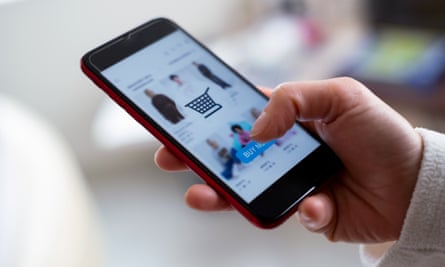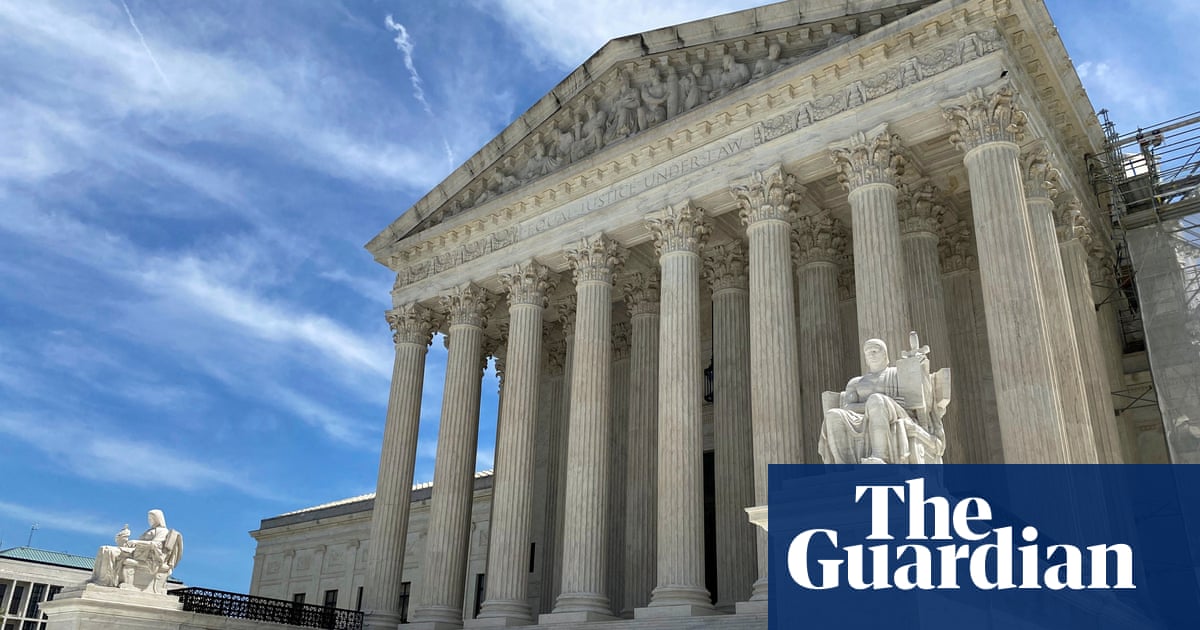Black Friday didn’t exist when I was a kid. In the 80s, the fourth Friday in November was just another chalk mark on the run-up to Christmas. But Black Friday, which falls on 29 November this year, is now an autumn staple. We spend billions in an attempt to … save money. Therein lies the irony of sales. The spectacle of people fighting over stuff they wouldn’t normally want is why retailers love Black Friday even more than customers do. To win this game, you must know what you want, and whether it’s a real bargain. That means doing your research now.
Here are some practical tips and psychological tricks to find the best price for any product, be first in the queue for bargains, check whether a discount is legit – and stop yourself going rogue.
1
Make a list and stick to it
Black Friday is the ideal time to buy items you really want but for which you don’t fancy paying full price. That “really want” bit is important. A half-price sticker doesn’t make a product a must-have. If you didn’t want it anyway, you haven’t saved 50%, you’ve wasted 100%.
Go into Black Friday knowing exactly what you want to buy, whether it’s a kitchen appliance such as a food processor, a phone or a vacuum cleaner. Choose specific products after reading reviews and checking specs. As well as avoiding a bonfire of buyer’s remorse, this will help to stop you from feeling overwhelmed.
2
Set a budget
Cheap stuff adds up shockingly fast when you’re kidding yourself that it’s basically free, so set a limit. Check your last few months’ income and outgoings, and be realistic about what you can spend. Good deals are only good deals if you can afford them.
3
Check current prices
One popular price comparison tool is Shopzilla. It lets you search for a product and displays its price at various online stores. Google Shopping works in a similar way. It’s worth using more than one of these tools because they don’t all cover all retailers.
4
Check price history
When is half-price not half-price? When it’s half the MSRP (manufacturer’s suggested retail price), which few stores charge in full anyway, or half-off an artificial price hike that lasted a few days in October.
Two of the best price-tracking websites are CamelCamelCamel, which doesn’t require you to sign in but only works with Amazon, and Anytracker, which you’ll need to download but covers hundreds of retailers. I’m a big fan of CamelCamelCamel’s free browser extension the Camelizer, which instantly reveals a price history for any Amazon product page, including graphs, averages and custom timescales. Amazon audaciously uses recommended retail prices as a “discount” benchmark, so it’s vital to check a product’s price history before you trust anything those Black Friday stickers say.
5
Set price alerts
Now that you know how cheap your desired products have to be before they’re genuine bargains, set alerts that notify you when they fall to that magic price. PriceRunner’s app is great for this, although you’ll need to create a free account to get alerts.

6
Don’t jump too early
Many online stores started displaying Black Friday banners in October. They know it’s good for business, but don’t be fooled. I ran price checks on some featured offers on 31 October and they were cheaper elsewhere, with no mention of discounts. Instead …
7
Remember, remember 25 November
Black Friday began as a post-Thanksgiving hangover day in the US, but thanks to “Black Friday creep” it’s now a whole week. Some of the more opportunistic shops have had the Black Friday bunting out since before Halloween, but the real deals start landing on 25 November. Unless you’re shopping for items that need a longer lead time, such as Advent calendars and photo gifts, you’re highly unlikely to get the best prices until that Monday.
8
Register with retailers now
Some of the best Black Friday deals sell out quickly, so don’t waste precious minutes creating an account on the day, especially given that popular websites can slow under the virtual stampede. Get all the set-up faff out of the way now – and look out for discount codes in welcome emails and newsletters.
9
Brands’ Black Friday posts on Instagram and TikTok aren’t just the 2024 equivalent of old-school TV ads for the January sales, they are also a secret society of special offers. Look at your Black Friday shopping list, follow the relevant brands and retailers on social media and check their feeds regularly for early-bird discounts and VIP offers.
10
Sign up for membership schemes
Certain retailers reserve the best prices for customers in membership schemes. You might have to pay to join, but you may soon make that money back and possibly unlock exclusive offers.
Amazon Prime membership isn’t a prerequisite for Black Friday deals in the manner of Prime Day, but there are Prime invite-only deals for many Amazon-branded items, including Fire TVs and Ring doorbells.
11
Expect a price rollercoaster on the day
Some retailers save their best discounts for Black Friday itself, but this is not an exact science. In the decade since I started reporting on Black Friday deals, I’ve seen some products fall to all-time low prices on the Tuesday or Wednesday of Black Friday week, while others see no action until the Friday – only to fall even lower the following Monday (Cyber Monday; 2 December this year). It’s impossible to predict, not least because some retailers including Amazon use dynamic pricing that rises and falls in response to demand, minute by minute. An item’s price can change in the time it takes to add it to your basket. However …
12
Don’t panic!
Dynamic pricing and other marketing tactics are a reminder that Black Friday is not for our benefit, it’s for the benefit of the shops. Retailers aren’t being nice; they’re deliberately whipping you into a frenzy. They want you to lose your mind with panic about missing out on a bargain because when you’re in that state you’ll spend less discriminately than usual. If you feel the adrenaline rising, step away from your phone or computer and remind yourself that you are being manipulated. Your Fomo is their profit.
13
Are you addicted to getting a deal?
The best part of buying a bargain is often the buying. By the time you’ve got the product home or it arrives on your doorstep, the buzz has long worn off. This is such a problem for me with concert tickets that I have a Post-it on my desk, begging: “Don’t buy tickets – you won’t be bothered to go.”
Psychologists may say we’re trying to fill a void, or that the bargain buzz is a chemical fix. Maybe we just like the idea of sticking it to a big business by spending less than they wanted from us last week. To keep these unhelpful instincts in check, set up an email filter that automatically funnels retailers’ messages into a folder or separate email address. This hides time-limited sales, presale codes and other marketing tricks in a box that you only open when you’re not feeling too vulnerable.
14
Look beyond the price
Black Friday is all about the price tag, but savvy shopping is not. In your haste for a bargain, don’t forget to check details such as warranty information, compatibility, dimensions (is that sofa really cheap or really small?) and availability of spare parts. Retailers tend to be generous with their refund policies around Christmas and the new year, so your Black Friday buy may be returnable up to the end of January, but check this before you click the “buy now” button.

 3 months ago
49
3 months ago
49













































